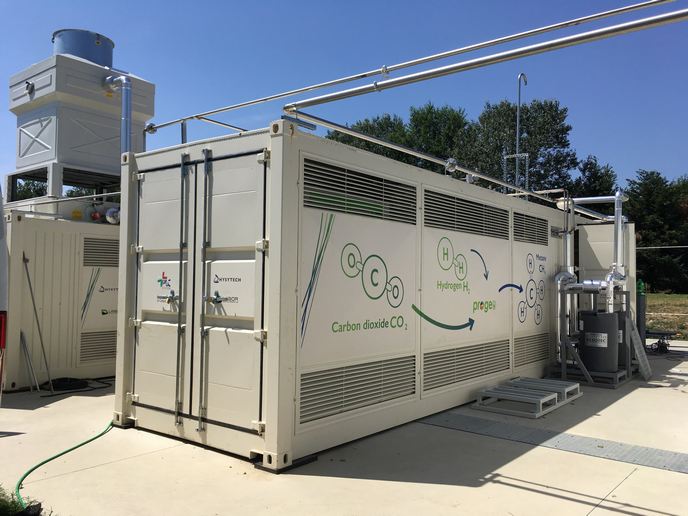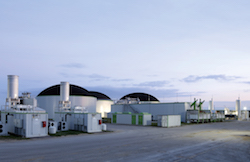Here comes the Sun
The power of the Sun is being increasingly harnessed for energy and Europe is striving to be a leader in this sector. One promising technology is concentrating solar power (CSP), which employs lenses or mirrors to focus a large amount of sunlight onto a small area in order to produce electricity. The EU-funded project 'European concentrated solar thermal road-mapping' (Ecostar) aimed to improve technology related to CSP and reduce its costs. It also worked on strengthening research excellence in CSP and supporting research programmes in the field. With different CSP technologies on the cusp of commercial deployment, Ecostar analysed the impact of these innovations on production cost of electricity. This enabled it to identify which ones are worth pursuing in the future and map further research and development (R&D) areas or components (i.e. parabolic troughs, central receiver, etc.). The project elaborated a model to measure annual electricity production by hour, taking into account the site, meteorological data, load curve, solar radiation, thermal energy storage and other factors. The latest innovations studied have different probabilities of success and are in different stages of development, another important consideration that was factored into the equation. The project found that the most mature technology now is the parabolic trough system which employs thermal oil as a heat transfer medium. It also noted that in Spain CSP technology using thermal energy storage based on molten salt is close to deployment. Ecostar estimated an average electricity cost of 17–18 cents/kWh for these initial systems, much lower than other technologies being considered. Another promising hybrid technology involves the integration of solar energy into a gas turbine/combined cycle which uses both fossil fuels and solar energy at a cost of below 9 cents/kWh. The project hoped that further improvements in receiver technology could increase the solar share significantly in the future. While the market and industry will ultimately judge which technologies will emerge, Ecostar is confident that cost reductions of 25–35 % can be achieved for most of these. Improvements in the concentrator performance will especially impact cost of electricity positively. In short, considering the need for green energy solutions and the degree of CSP development, the future of this technology seems to be a very bright one.







